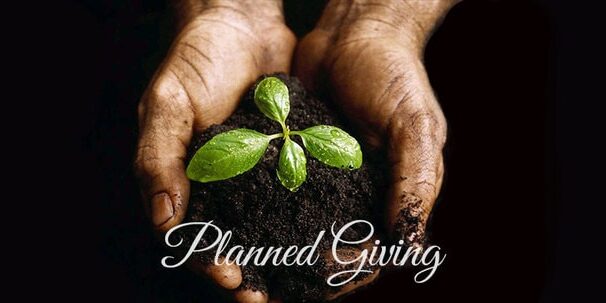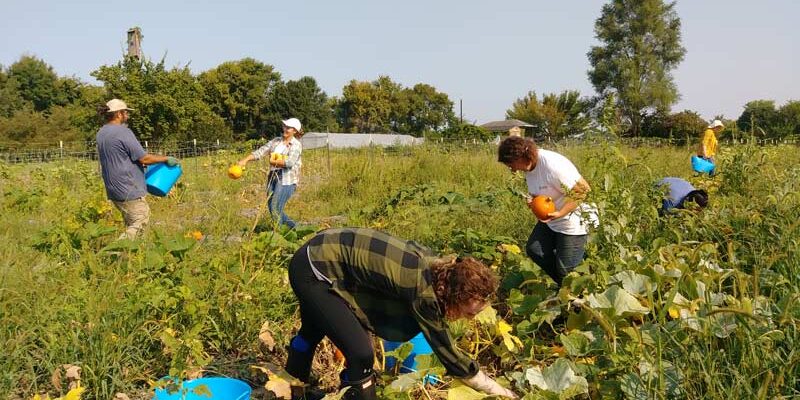A review of ‘Active Hope’
The main title of this valuable resource, “Active Hope,” is cheerful, but gives little information about the contents. The subtitle, however, provides a succinct summary: “How to Face the Mess We’re in without Going Crazy.” Co-authors are Joanna Macy, a respected and prolific writer and activist in the areas of ecology and spirituality, and Chris Johnstone, a long-term collaborator of hers.
The book begins by laying out three “stories of our time,” i.e., ways we make sense of events. The first story is “Business as Usual,” and the second story, “The Great Unraveling,” is of course a consequence of the first. Readers can probably guess many details of both stories, but the authors provide a clear analysis and compelling statistics of consumerism and overconsumption on the one hand and climate change, species extinction and starvation on the other. The third story is “The Great Turning,” which recognizes a “multi-faceted transition to a live-sustaining civilization.”
“Active Hope,” say the authors, “involves identifying the outcomes we hope for and then playing an active part in bringing them about.” We can respond in various ways to world crises. We may rise to the occasion with wisdom, courage and care, or we may decide the situation is hopeless and try to look away. To help us to make our best response, the authors present a process for inspiration and empowerment to which we can return over and over. They name this process “The Spiral of the Work that Reconnects,” and proceed to elaborate on its various steps with practical and encouraging exercises and reflections.
Picture a spiral staircase with four steps: “Coming from Gratitude,” on the first level, and then on subsequent levels “Honoring our Pain,” “Seeing with New Eyes,” and “Going Forth.” We are invited to experience these four stations and then return to the spiral whenever we need it. (It is a spiral, not a cycle, since each time we go through the steps, we are starting in a new place).
Macy and Johnstone devote a chapter to each of the first two steps. Chapter 3 describes several simple exercises for cultivating gratitude, plus abundant evidence of its benefits. Chapter 4 discusses the various reasons why we tend to ignore painful situations or pretend that nothing is wrong, and the beneficial effects of acknowledging our pain for the world and realizing we are not alone with it. Various exercises to attain this acknowledgement and realization, involving such elements as breathing, writing, and ritual, are helpfully described.
The third and fourth steps on the spiral are developed at even greater length – four chapters on “Seeing with New Eyes,” and five on “Going Forth.” In the third step, the titles for Chapters 5 through 8 read like enticing promises: A wider sense of self, a different kind of power, a richer experience of community, a larger view of time. And indeed, by thoughtful discussions, stories and simple exercises, the authors do help us to see the realities of our interconnectedness, the resulting power-with, and the dire need for lengthening our view of time “to the seventh generation.”
In the final section of the book, Chapters 9 through 13 offer a realistic yet hopeful view of what we might experience if we take that fourth step on the spiral: Catching an inspiring vision, daring to believe it is possible, building support, maintaining energy and enthusiasm (certainly a challenge!), and – intriguingly – being strengthened by uncertainty. I will not reveal the mystery of that last chapter, but I can assure you that its lengthy contemplation/exercise, The Bodhisattva Perspective, as well as the one in Chapter 12, The Great Ball of Merit, offer a great deal of strength and encouragement to the faltering seeker of justice.
In summary, I highly recommend this book to anyone involved in work for justice and particularly eco-justice. It is useful as a reference (although the statistics will of course need updating), but its principal value is the believable context and practical steps toward becoming persons of active hope!




Ellen, thank you for your thorough review. There is much we can despair over in our world. It seems that the authors offer us ways to continue to be light in the darkness. What an appropriate topic for Advent and current events. May I borrow your copy?
Ellen,
Someone gave me this book as a gift. I have never read it and I’m not sure I still have it. Your review energizes me to find it. Thank you. Paula M
Ellen. What a nice write-up. Makes me want to get this book. In my quest to stay in the present moment, these steps may help me. Thanks, Mary